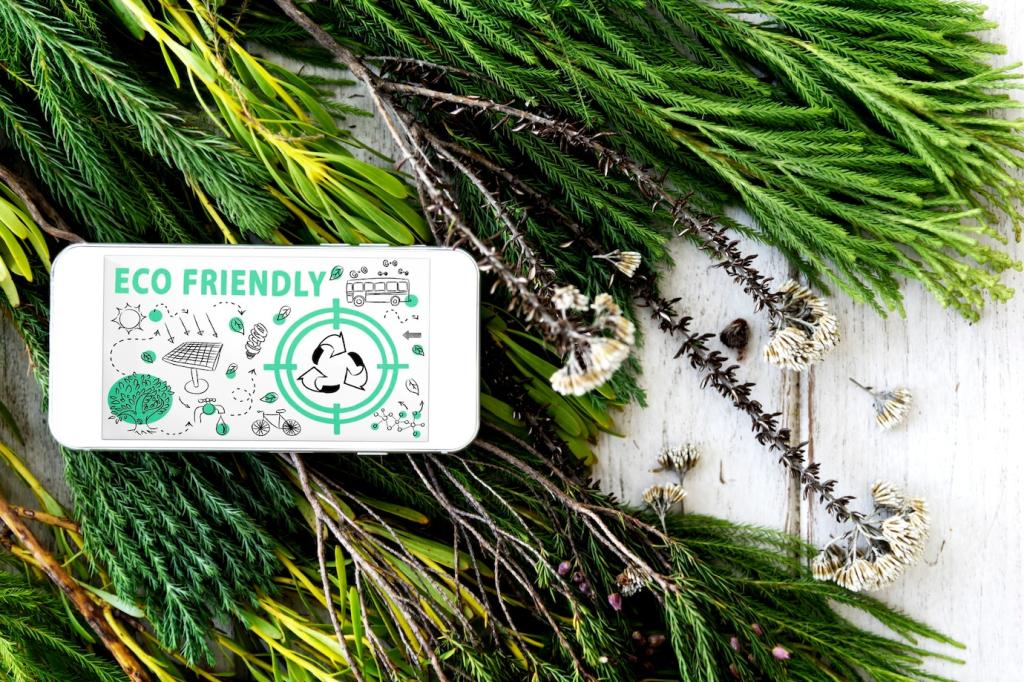
Win Green Hearts: How to Write Compelling Copy for Eco-Conscious Consumers
Chosen theme: How to Write Compelling Copy for Eco-Conscious Consumers. Welcome to a practical, inspiring guide that helps you communicate real impact without greenwashing. Stay with us for proven tactics, honest storytelling, and friendly nudges to engage, subscribe, and share your voice.
Know Their Why: Psychology of Eco-Conscious Buyers
Eco-conscious buyers rarely chase trends; they seek alignment between purchase and personal principles. Write to their values—fairness, stewardship, transparency—rather than bragging about abstract growth. Ask readers what matters most to them and invite comments to spark meaningful discussion.


Know Their Why: Psychology of Eco-Conscious Buyers
People often intend to buy greener but hit friction at checkout. Your copy should remove doubt with specific reassurances about performance, durability, and convenience. Encourage readers to share the last obstacle that stopped them from choosing the sustainable option.
Craft Honest Value Propositions
Replace hollow claims like “eco-friendly” with concrete advantages: fewer refills, lower lifetime cost, compostable packaging, or reduced allergens. Explain what improves in your customer’s daily life. Invite readers to list three measurable benefits they can verify and stand behind.
Craft Honest Value Propositions
Numbers persuade, but only when understandable. Translate grams of waste into familiar comparisons, like bottles saved per month. Use round numbers, simple baselines, and relatable timeframes. Ask subscribers which metric resonates most, then test it in headlines next week.


Tone, Language, and Word Choices That Build Trust
Clarity Beats Cleverness
Playful headlines are fun, but clarity wins when choices affect the planet. Choose plain verbs over buzzwords, and name materials, sources, and standards plainly. Share your most overused buzzword in the comments, and we’ll help rewrite it with crisp alternatives.
Own Your Imperfections
Admit what isn’t perfect yet—like recycled content percentages or regional shipping emissions—and explain your improvement plan. Authenticity turns skepticism into patience. Invite readers to hold you accountable by voting on the next milestone you should publish transparently.
Power Words That Respect Intelligence
Use words that show substance: certified, repairable, traceable, refillable, durable, verified, responsibly sourced. Pair them with exact details. Ask subscribers to contribute one favorite trust-building phrase, and we’ll compile a community glossary for ethical copywriters.
Storytelling That Proves, Not Just Promises
Origin Story with Purpose
Tell why the product exists, spotlighting a real problem you witnessed and the moment you chose a better path. Avoid hero worship; center community and collaboration. Invite readers to suggest whose perspective—supplier, worker, or customer—you should feature next.
Supply Chain Transparency in Plain English
Map your materials simply: where they come from, who handles them, and how workers are treated. Use photos and captions, not just charts. Encourage readers to vote on which step of your supply chain deserves a deeper, photo-rich explainer article.
Customer Stories That Measure Change
Share a short customer vignette with a metric, like repair rates improving product lifespan. Tie feelings to facts: pride, relief, belonging. Ask the community for their own before-and-after stories, and feature the most helpful examples in our email digest.


Proof Points: Certifications, Data, and Social Proof
Explain why specific certifications apply to your product category, and link to the governing bodies for context. Avoid logo clutter; prioritize meaning over aesthetics. Invite readers to request a mini-guide comparing top standards in your niche.
Proof Points: Certifications, Data, and Social Proof
Turn dense impact reports into scannable modules: headline metric, short method, independent source. Include date stamps and assumptions. Encourage subscribers to vote on which metric deserves a live dashboard for ongoing transparency and conversation.

Headlines That Hook Without Hype
Lead with a concrete benefit plus credible impact, like “Deep clean, zero new plastic this month.” Use a supportive subhead to explain how. Ask readers to submit headline drafts, and we’ll vote for the most persuasive, honest option.
Microcopy at Critical Moments
Address anxieties near buttons: performance, returns, refills, or repair support. A single reassuring sentence can lift conversions responsibly. Invite subscribers to share their highest-friction microcopy and we’ll workshop alternatives live in an upcoming session.
Calls to Action That Align with Values
CTAs can reinforce identity without pressure: “Start a refill habit,” “Choose repair,” or “See our factory.” Test softer urgency like “Make today count.” Ask readers which CTA feels most motivating yet respectful, and we’ll run a community test.
Test, Learn, and Stay Ethical
Test clarity, proof, and effort reduction before flashy gimmicks. Keep sample sizes honest and report results transparently, even when they disappoint. Invite the community to propose test ideas that also reduce cognitive load or waste in your funnel.

